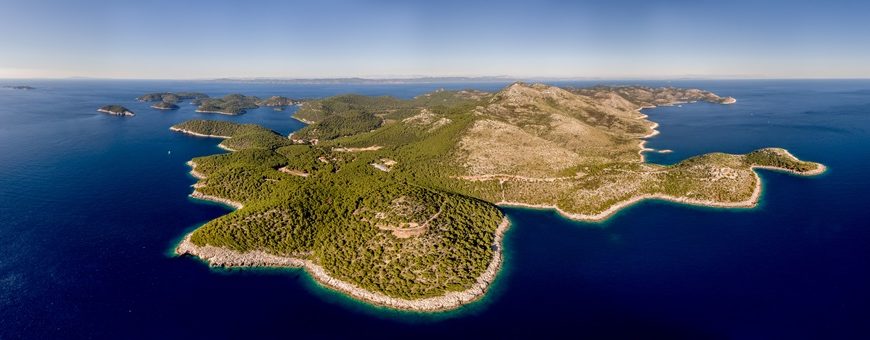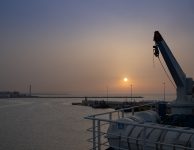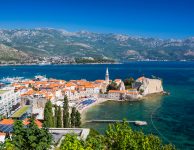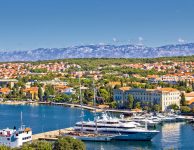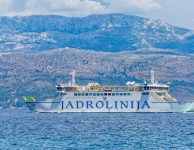LASTOVO – Ecological action of cleaning the seabed of Lastovo
Divers removed almost 20 cubic meters of waste from the seabed of the Lastovsko otočje nature park with an ecological action.
Numerous years of joint cooperation and tons of waste extracted from the seabed of the Nature Park “Lastovsko otočje” brought divers from the “Nautilus” Diving Club and the HRM Veterans Association to the island of Lastovo again this September, who, with the support of the Croatian Navy and the guards of the Lastovsko Nature Park islands, for three days tirelessly removed various waste from Lastovo coves – reports morski.hr
Ecological action in the Lastovo islands nature park
More than forty participants cleaned the seabed of the port in Ubli, Jurjeva port, the seabed around two tunnels, bays on the islet of Mrčari, Skrivena luka and the area of Velo Lag and the bay of Duvna.
How much the management of the “Lastovsko otočje” Nature Park invests in ecology and sea protection by conducting numerous ecological actions to clean the seabed was visible in Skrivena luka, in which, compared to previous years, the smallest amount of discarded waste was found in the seabed.
However, larger accumulations of various waste were found, entangled in still-preserved posidonia meadows in locations that are exposed to more maritime traffic and in bays exposed to strong sea currents.
Almost 20 cubic meters of waste were removed from the sea with the ecological action, and in addition to the ecological component, this eco-action was also enriched by the cooperation with the Croatian Veterinary Institute, which resulted in the finding of two live periwinkles at the locations in Pasadur and Sita bay. Angela Bradarić, a member of the research team of the Croatian Veterinary Institute from Zagreb, took part in the environmental campaign as an educator and diver.
Noble periska Pinna nobilis
Pinna nobilis (Pinna nobilis) is the largest bivalve, endemic to the Mediterranean and extremely important for maintaining the balance of the marine ecosystem. Adults can filter up to 2,000 liters of sea per day, thus contributing to its purity and transparency.
Over the past five years, we have witnessed a mass extinction of the Pinna Nobilis caused by the parasite Haplosporidium pinnae and the bacterium Mycobacterium sp. Global warming and urban pollution have further reduced the resistance of the Pinna and brought it to the brink of extinction.
Since January 2021, the Ministry of Economy and Sustainable Development has been coordinating the project for the preservation of the precious feather in the Adriatic, and it is co-financed by the Fund for Environmental Protection and Energy Efficiency. One of the most important goals of the Project is the search for living individuals of the Pinna nobilis, which are considered to be resistant to infection, and their protection from mechanical damage, in order to enable them to reproduce and preserve the species. Another species of periwinkle, Pinna rudis, which grows on the rocky bottom, is also recorded, with the aim of better understanding the epidemiological situation of the entire species.
The Croatian Veterinary Institute is a partner of NP Brijuni and JU More and Karst, and in addition to field and laboratory diagnostics, participates and organizes the education of divers who take part in eco-actions to clean up the seabed. In this way, during the cleaning, the undersea area is also searched, and the locations where live individuals of periska are found are recorded and protected.
On this occasion, two live individuals of the Pinnae rudis were found, in the locations of Pasadur and Sito bay, which were photo-documented and entered into the records.
source: otoci.eu


